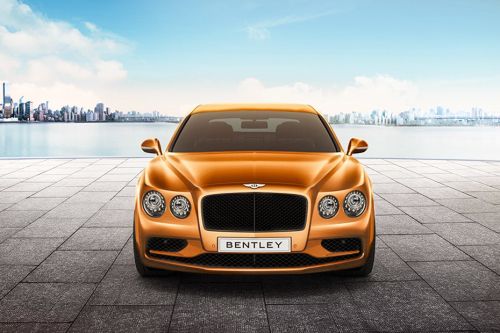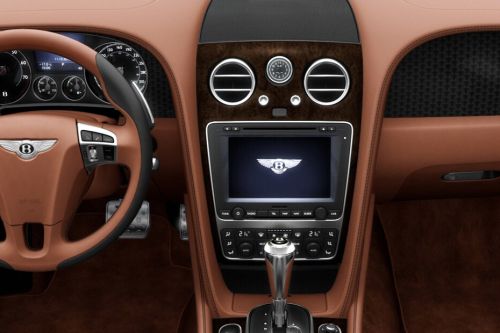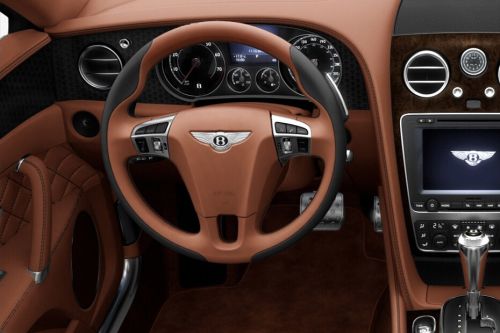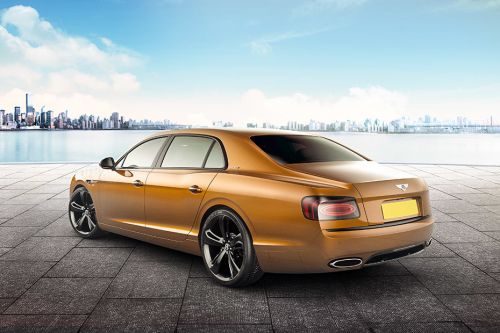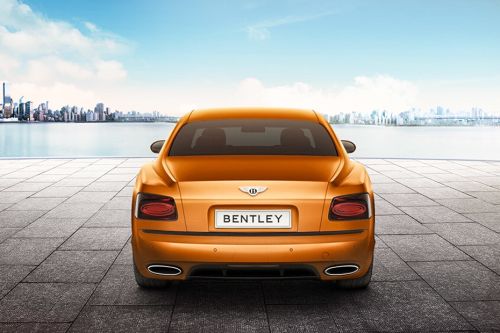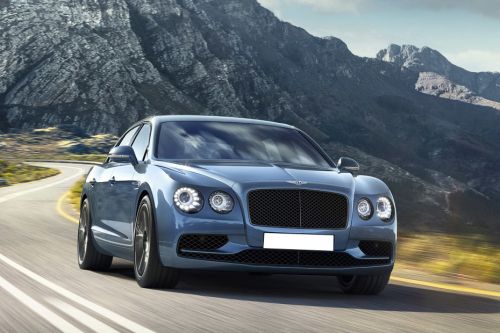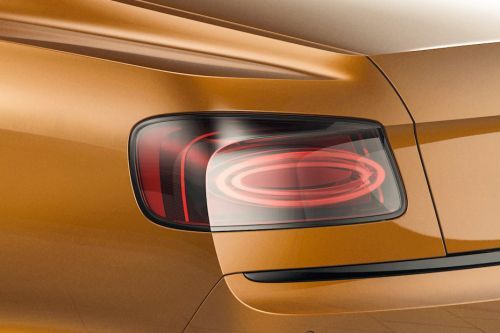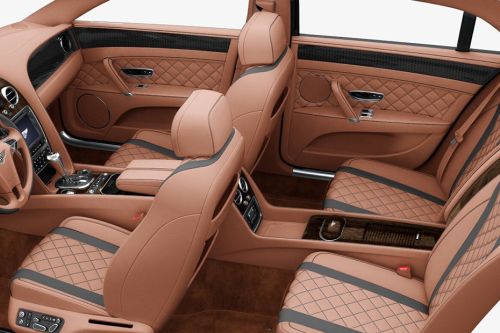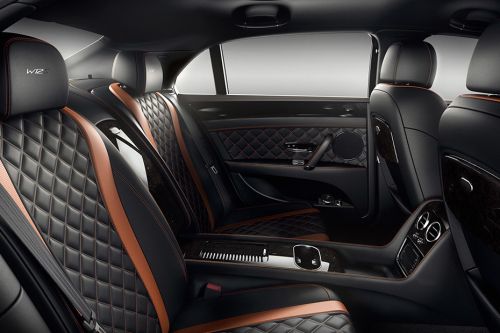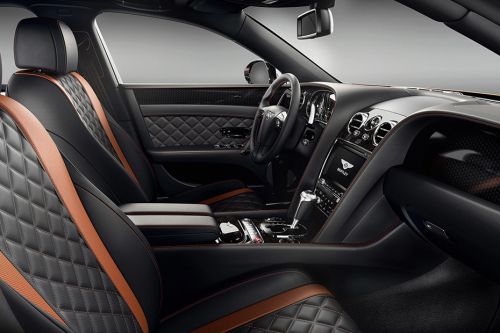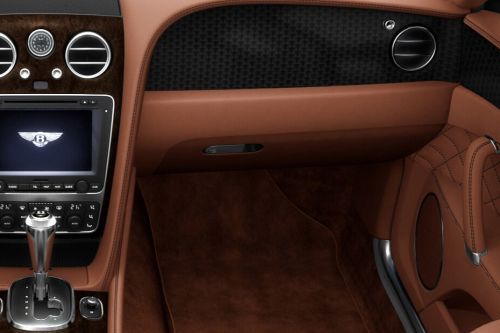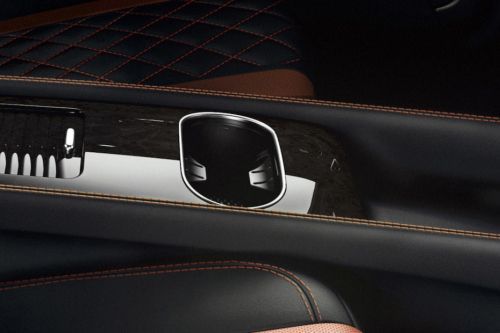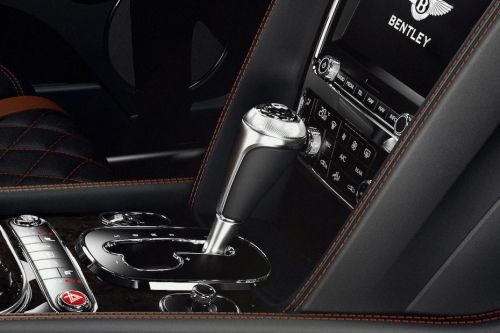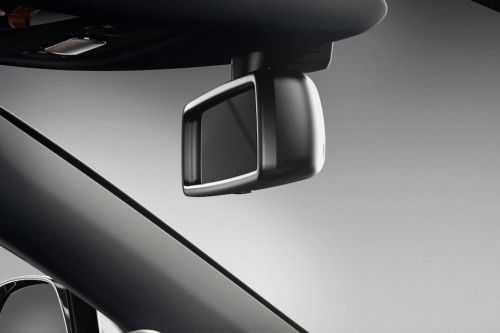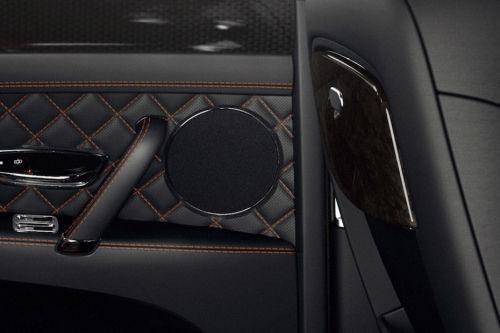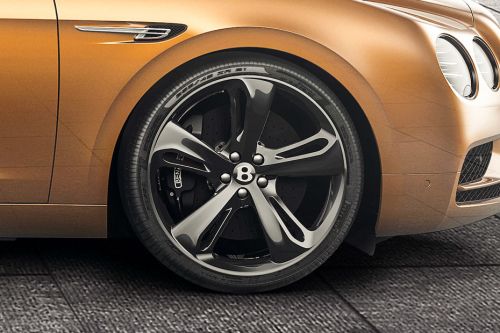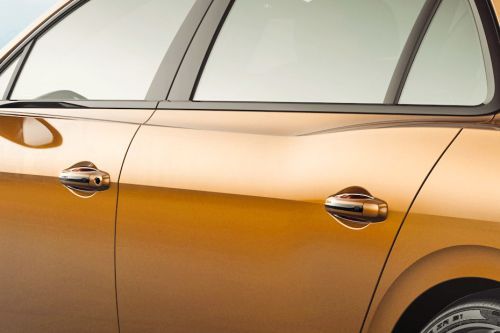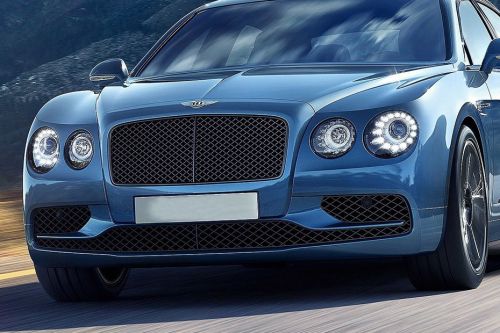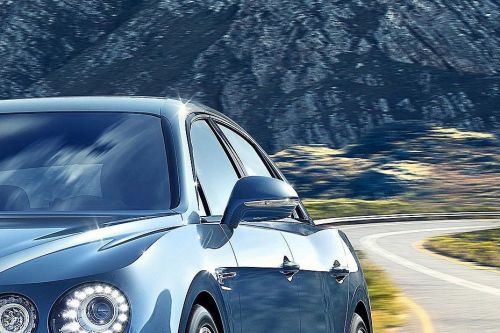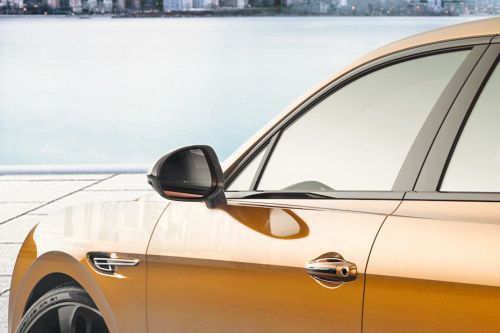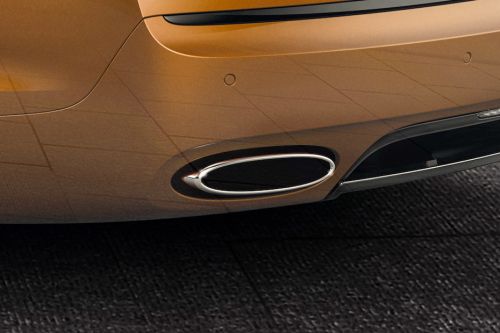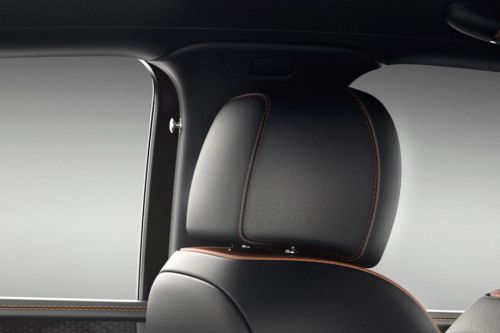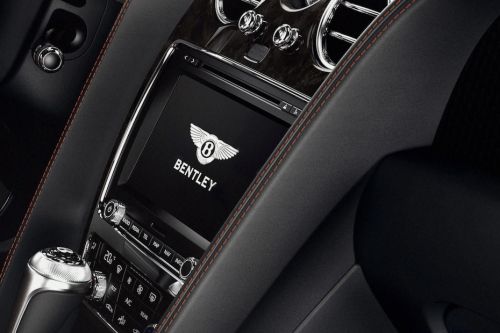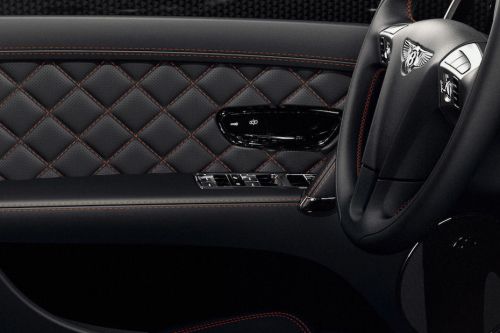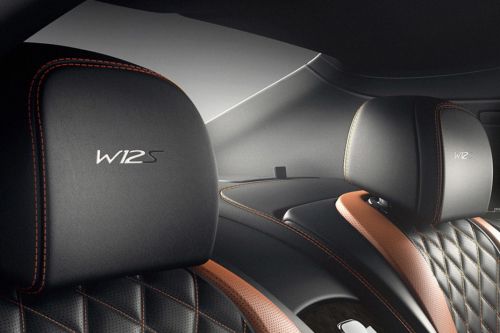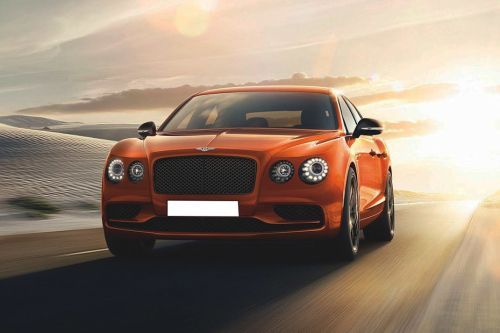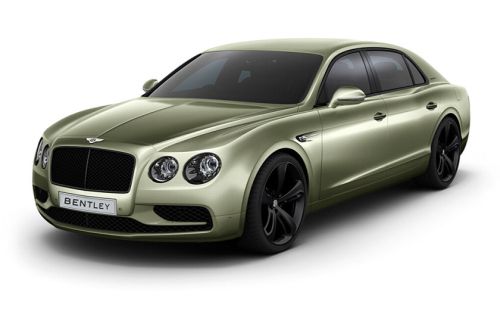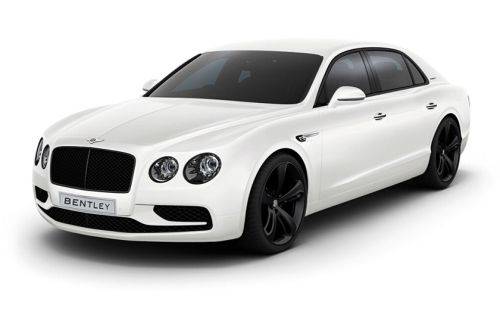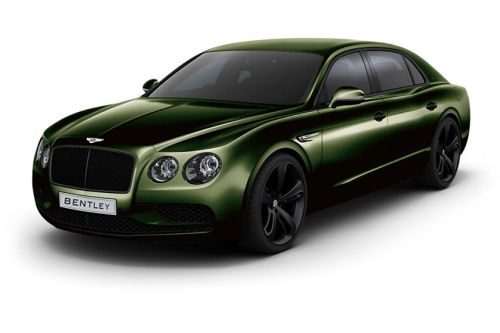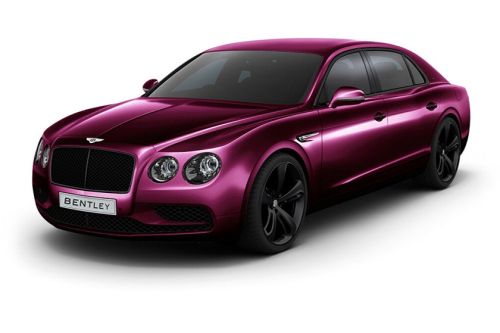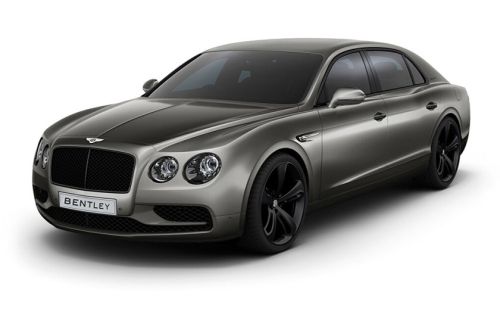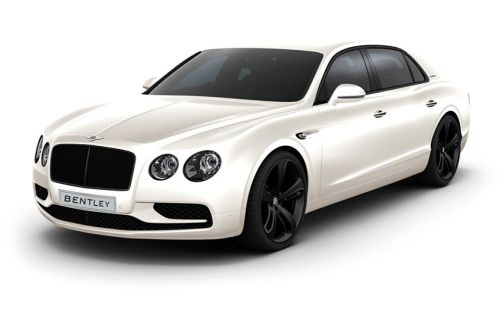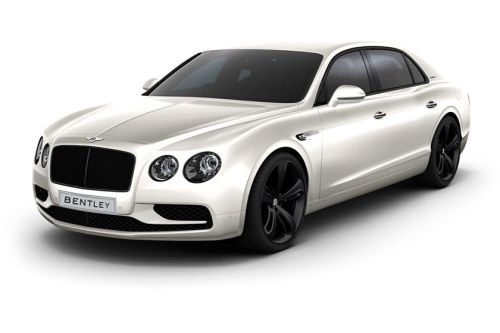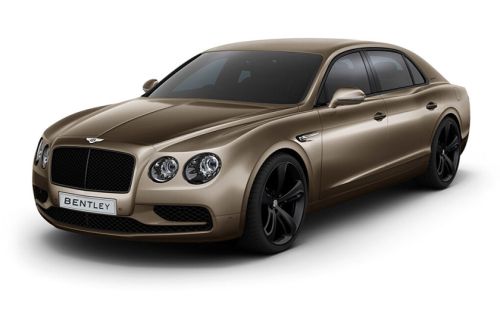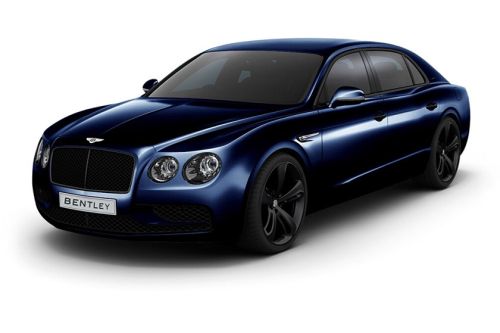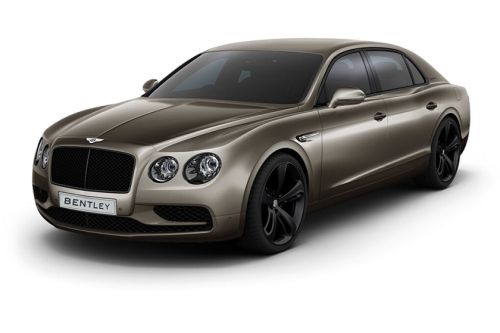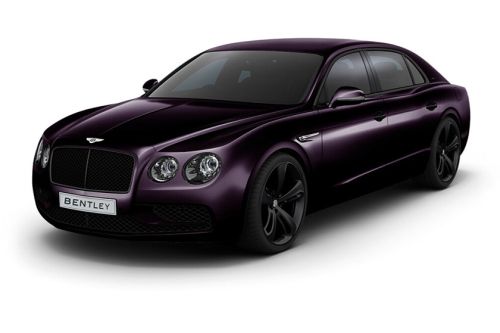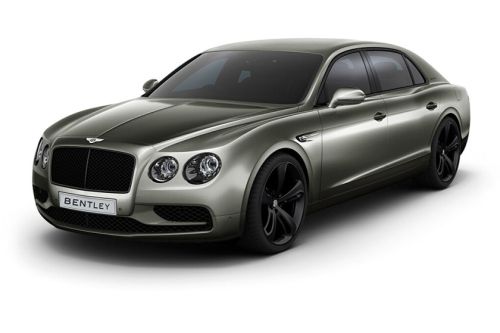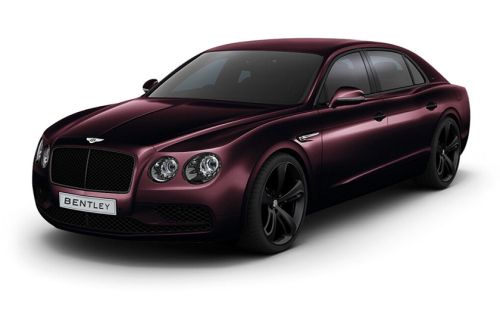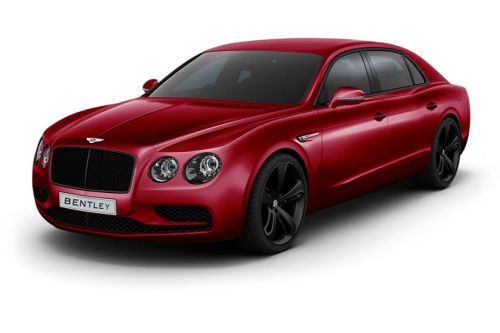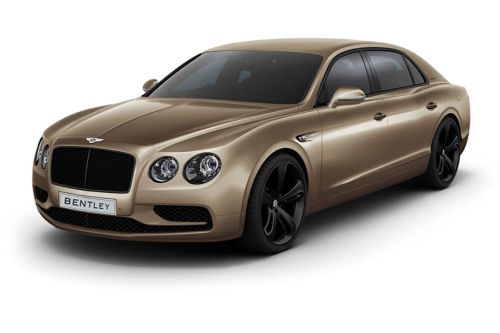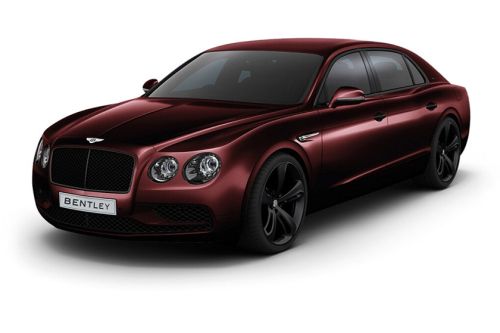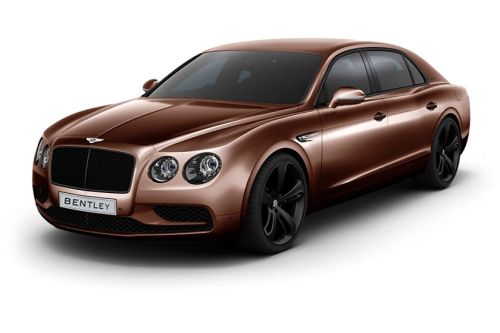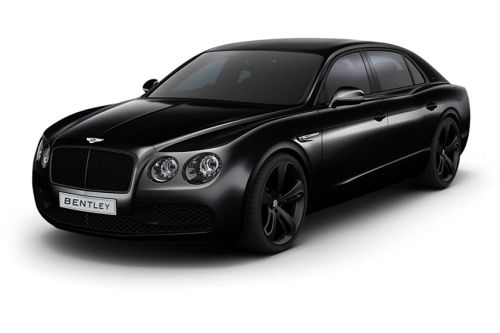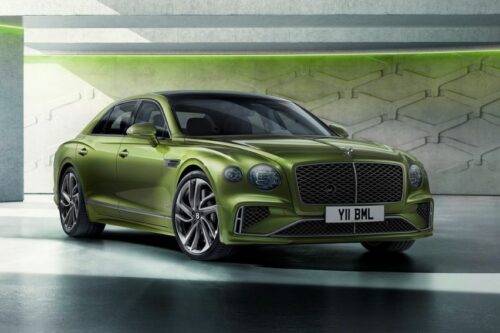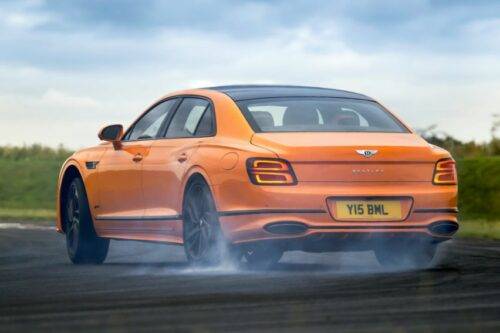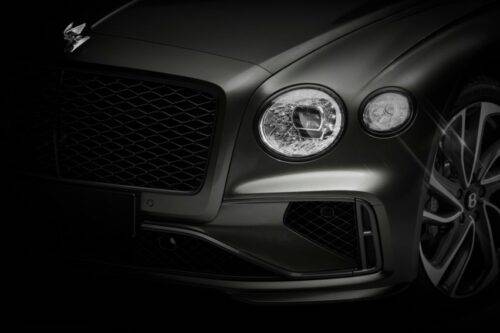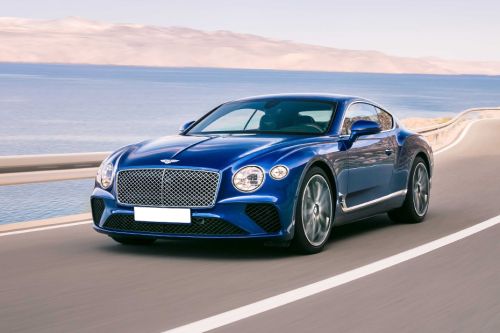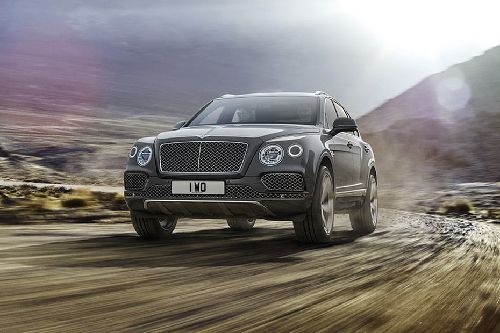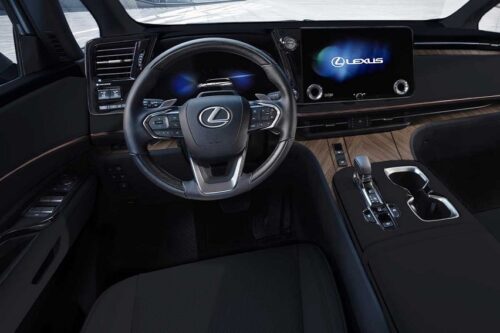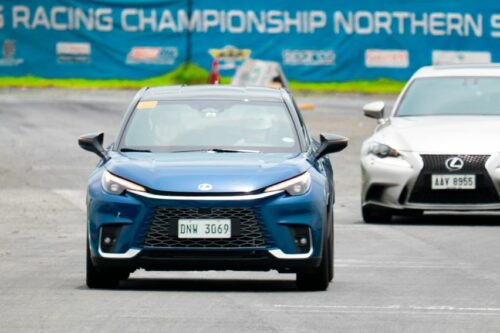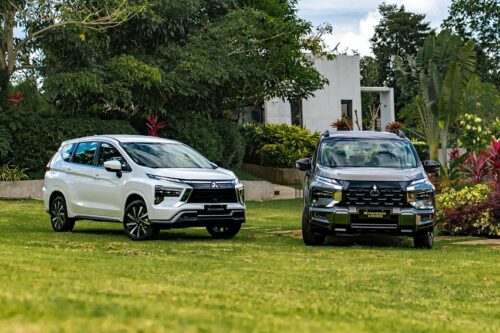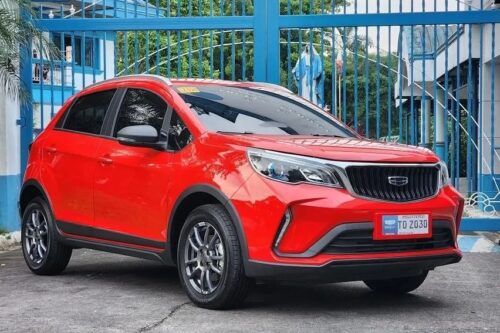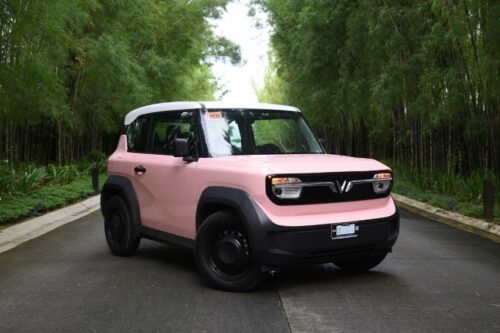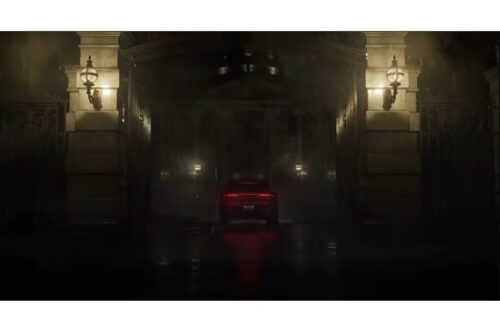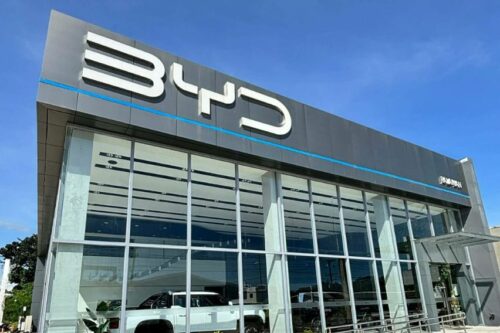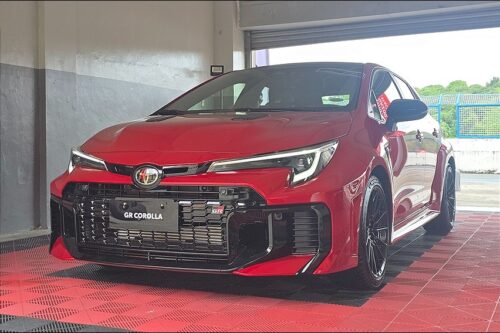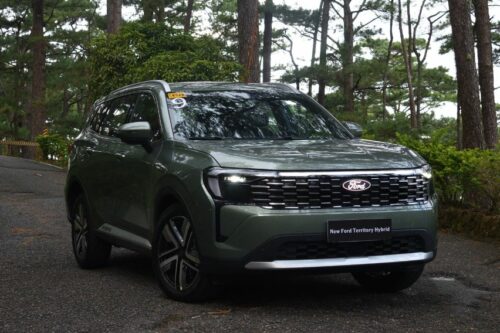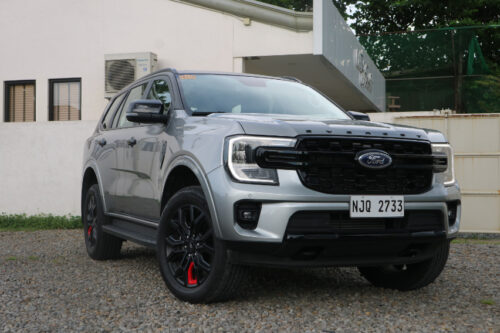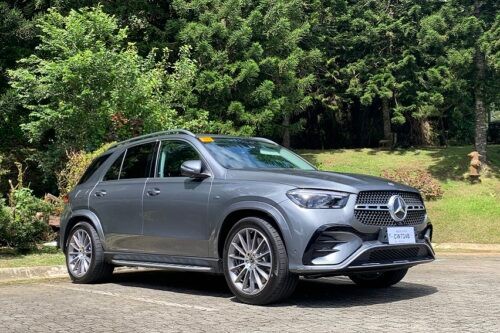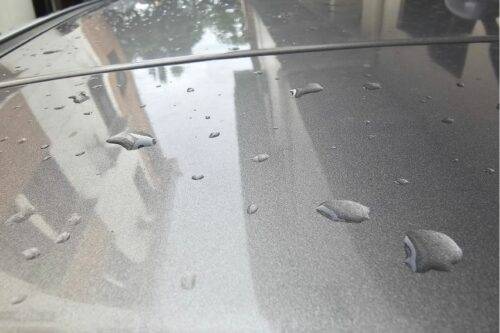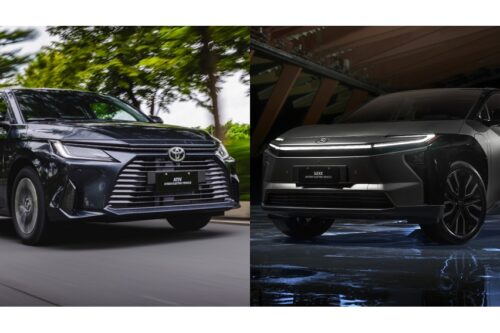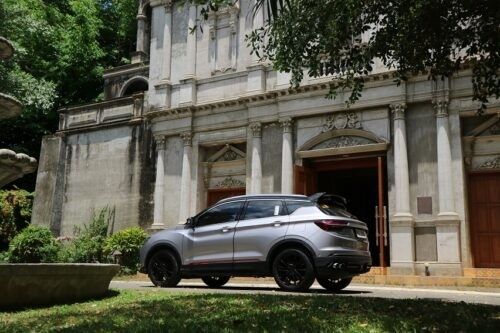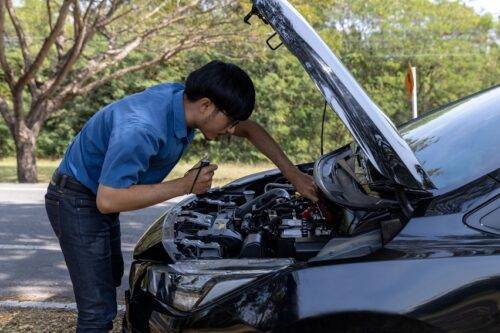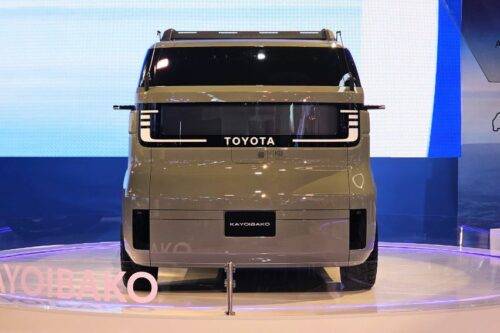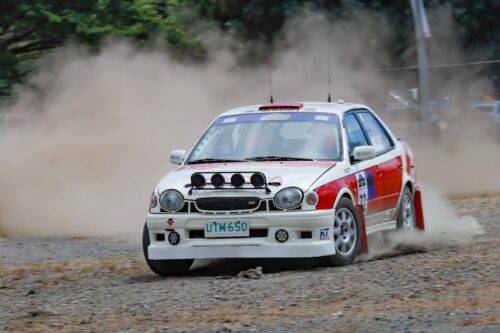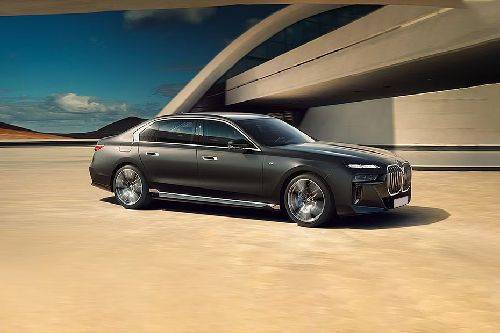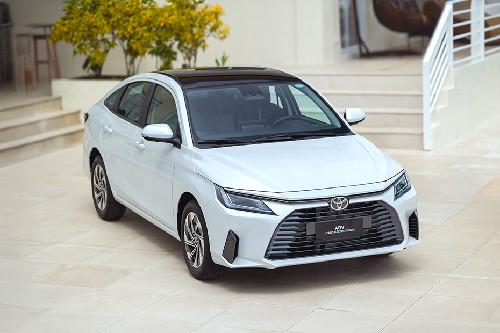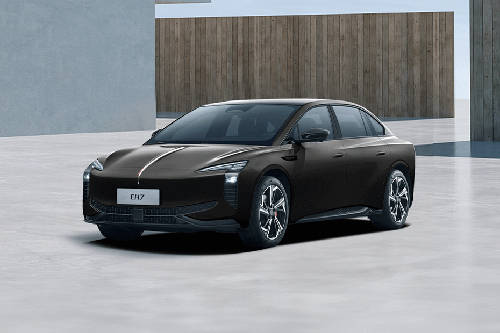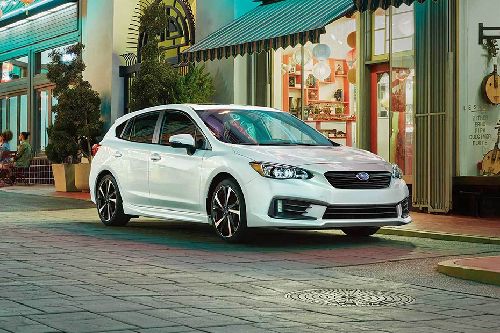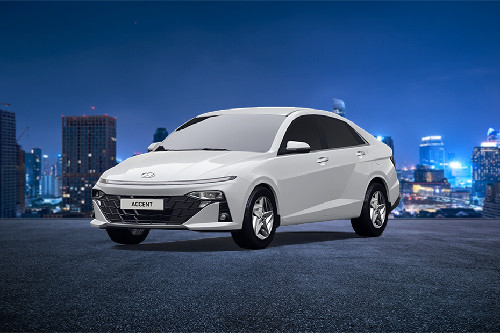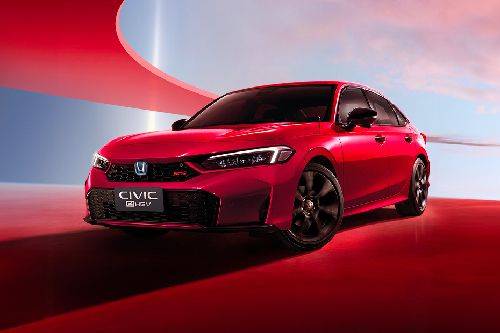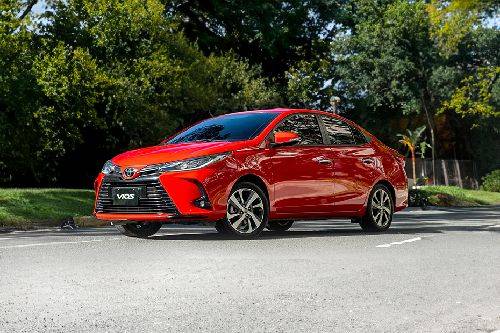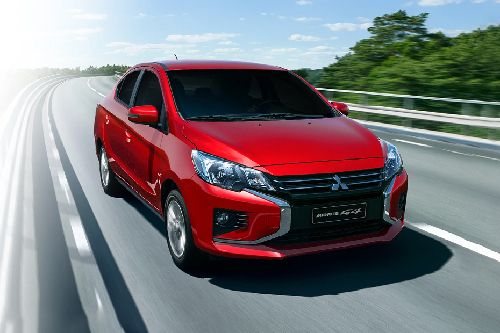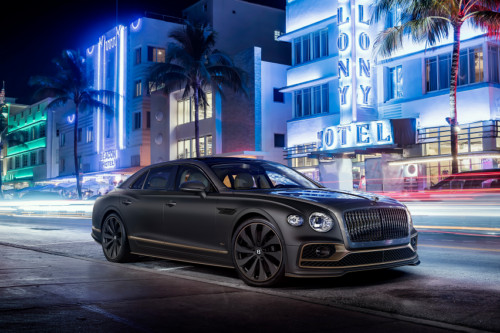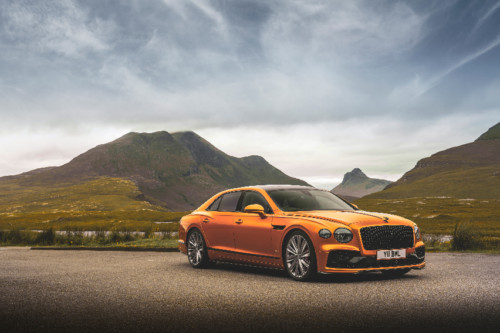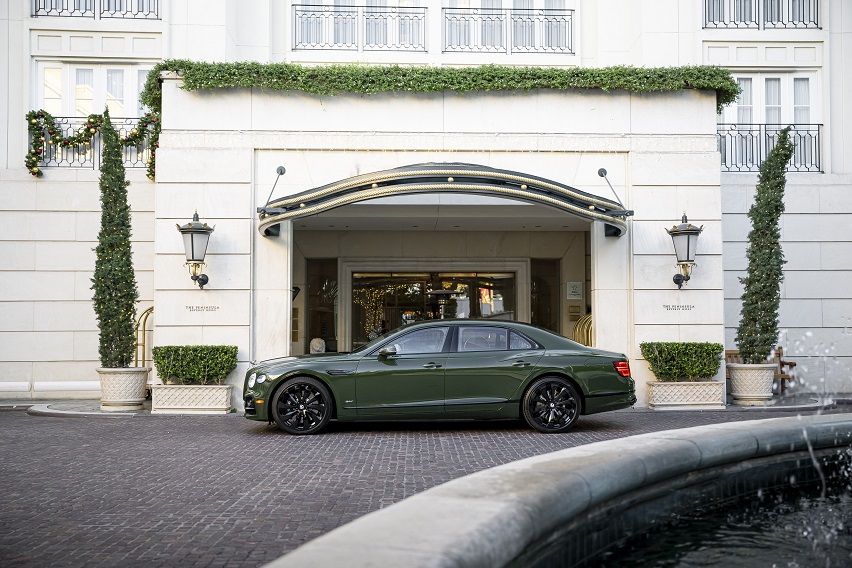Bentley introduces new ‘Flying B’ bonnet mascot for Flying Spur Mulliner
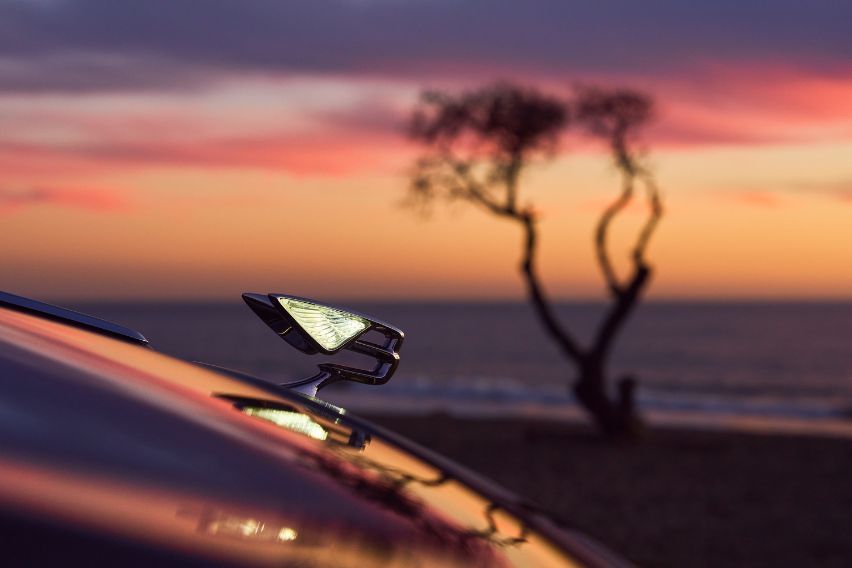
MANILA: Bentley Flying Spur Mulliner owners are treated to a moment of genuine automotive theater as they approach the vehicle. The sixth iteration of the “Flying B” bonnet mascot emerges to take the spot of the Bentley name emblem as it gracefully glides out of view above the grille. The headlamps and the mascot's exquisite clear acrylic wings momentarily light up with a welcoming glow in perfect synchronicity. The “Flying B,” which is standard on the Bentley Flying Spur Mulliner, is also available as an option on all Bentley Flying Spurs, with a 97% uptake rate.
KEY TAKEAWAYS
What is the Flying B mascot made of?
The Flying B mascot is made from a single piece of 316-grade austenitic stainless steel, which is highly resistant to temperature extremes. Molybdenum is also added to provide corrosion resistance, which is essential for a component that is constantly exposed to the elements all year round everywhere.Can the Flying B mascot also be added on other Bentley Flying Spur models?
Yes, the Flying B mascot is also available as an option on all Bentley Flying Spurs.The sophisticated “Flying B” mascot that captures everyone's attention, required the combination of extraordinary design, craftsmanship, and technical skills. It represents Bentley's strategy of giving meticulous attention to detail at every stage to create distinctive ownership experiences.
Since the mid-1920s, different iterations of the Bentley “Flying B” bonnet mascot have been available. Bentley's designers and engineers took on the challenge of elevating the art and craft of the “Flying B” for the newest Bentley Flying Spur. The logo on the Bentley Flying Spur Mulliner's radiator is the first in Bentley history to be deployed electronically, to have a cover plate that conceals it when it is stowed, to have clear acrylic wings, and to be internally illuminated.
The in-house team in Crewe, England developed a prototype of possible designs during the creation of the new Bentley Flying Spur and presented it to the Board for approval. The design created by Hoe Young Hwang was selected.
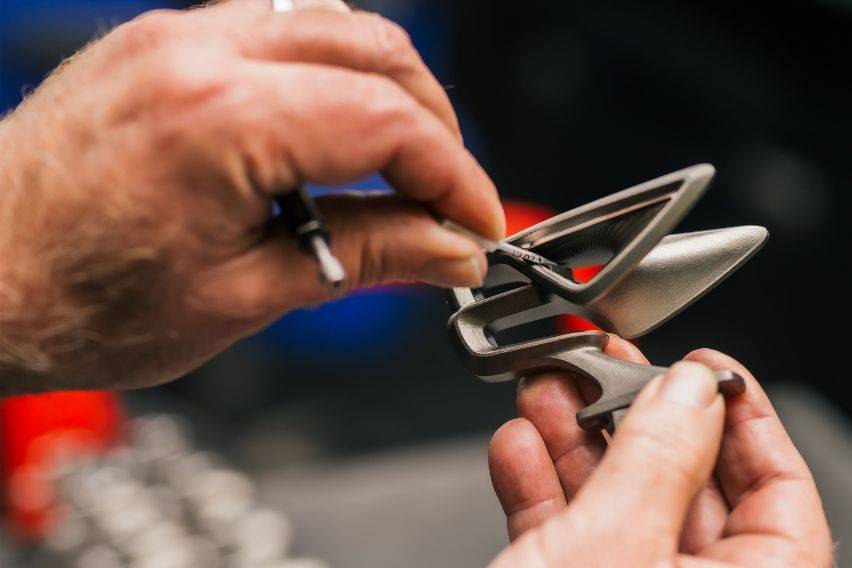
The “Flying B” mascot is made from a single piece of 316-grade austenitic stainless steel, which is highly resistant to temperature extremes. Molybdenum is also added to provide corrosion resistance, which is essential for a component that is constantly exposed to the elements all year round everywhere from the arctic circle to the equator.
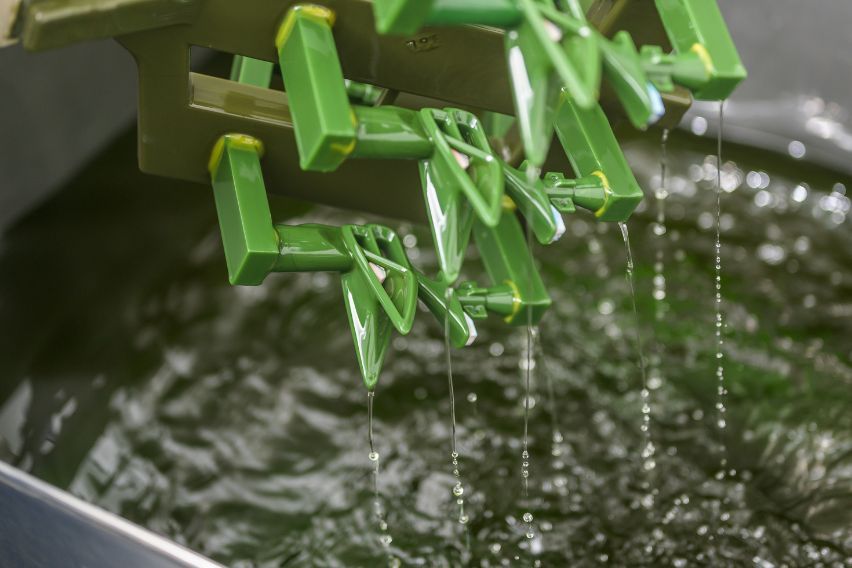
The “Flying B” was produced using the investment casting (lost wax) process, a technique often used to create precision parts like gas turbine blades. Even though it takes more time, this type of casting is frequently used to produce intricately shaped components that demand tighter tolerances, thinner walls, and an excellent surface finish than sand casting can provide.
Molten wax is injected into a die. A ceramic central core makes a passageway within the wax molding for the illumination wiring, while a water-soluble core fills the space where the two acrylic crystal wings will be placed. The soluble core is then dissolved after the wax symbol has been extracted from the die, yielding a pristine “Flying B” in wax.
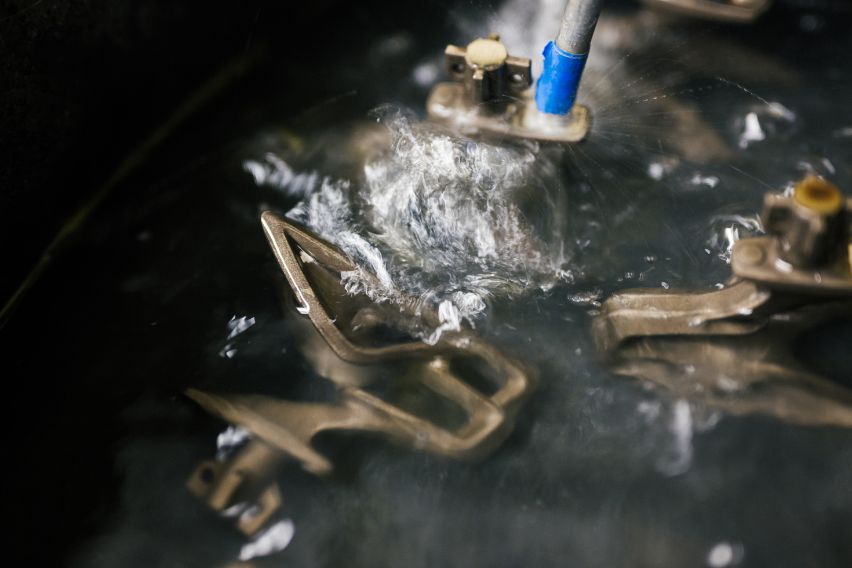
Once the subsequent layers of a fine ceramic solution comprising colloidal silica and alumina have solidified, the wax emblem is then melted in a steam pressure chamber to create a ceramic mold with a hollow chamber in the shape of the emblem.
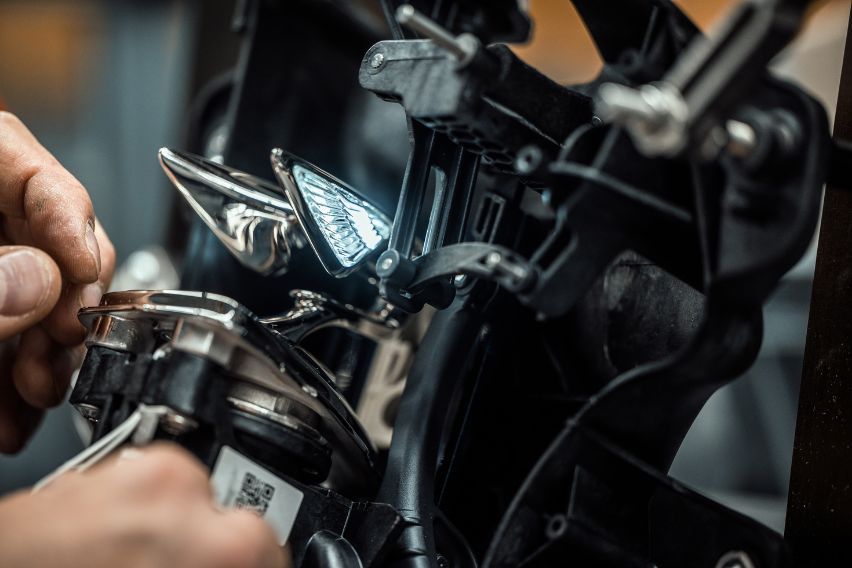
At this point, 1,600°C-heated molten 316 stainless steel is poured into the ceramic mold. The ceramic outer skin is peeled when the steel has cooled and hardened, and the ceramic core is dissolved under pressure using a caustic solution. Once the stainless-steel “Flying B” insignia has been extracted, it is ready for the following step, which involves shot blasting to remove any residue of ceramic material and “extrude honing” to make sure the internal path is smooth enough for the wiring to pass through.
The “Flying B” will only be sent for hand polishing once all traces of ceramic material have been removed and the component has been meticulously measured to ensure it fits the exact specifications needed. The rich luster of polished stainless steel is enhanced by this final hand-crafted touch.
The process usually takes 11 weeks, at which point the mascot is ready for the assembly of the crystal acrylic wings, wiring, and tiny LEDs that, when deployed, produce a spectacular effect.

The first Bentleys were not adorned with a bonnet mascot. The EXP2, the first Bentley ever built, had a simple water temperature gauge mounted on the radiator cap directly in front of the driver. However, in the 1920s, due to customer demand, Bentley began to offer an ornate, upright brass “B” with wings placed horizontally.
A smaller, more simplified version was commissioned by artist Charles Sykes during Bentley's Derby era. His original proposal included an Art Deco single-wing “B” that leaned forward and had facets that allowed it to be read correctly from either side. Owners did not like the single wing, so Sykes changed the faceted “B” design to have two wings that faced backward.
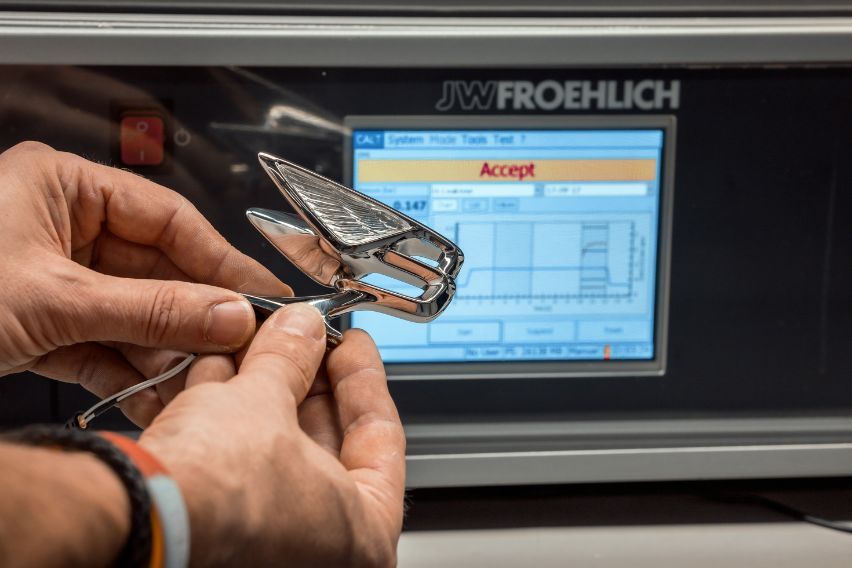
The Derby Bentley MR and MX series overdrive cars were once available with a rearward-leaning “Flying B,” perhaps to denote their competitive nature. The wings on this version protruded back over the bonnet, which was a drawback because owners had to turn the mascot sideways to open the bonnet without denting it.
Up until the 1970s, Bentley vehicles may have modified versions of Sykes' design, however, this tradition was discontinued when pedestrian protection legislation prohibited prominent solid bonnet embellishments.
In 2006, a redesigned “Flying B” bonnet mascot was unveiled for the Bentley Azure and Brooklands. It featured a retractable mechanism. Later, the Bentley Mulsanne had the same design as an option. It took until 2019 and the introduction of the new Bentley Flying Spur for the “Flying B” to attain its current pinnacle of technological and artistic excellence.
Photos from Bentley
Also read: Bentley unveils sustainable Odyssean Edition of Bentayga
Sell your car at the best price
 Verified and genuine buyers
Verified and genuine buyers
-
Explore Bentley Flying Spur
Bentley Flying Spur Related Stories
- News
Bentley Car Models
Don't Miss
Trending & Fresh Updates
- Latest
- Popular
You might also be interested in
- News
- Featured Stories
Bentley Featured Cars
- Popular
Latest Bentley Flying Spur Car Videos on Zigwheels

Compare & Recommended
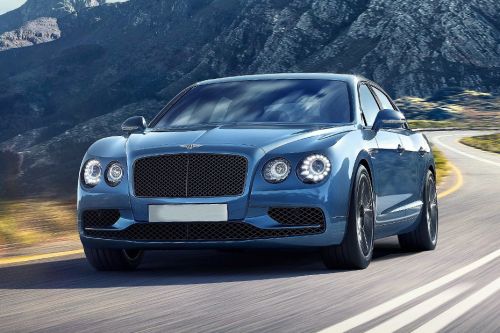
|
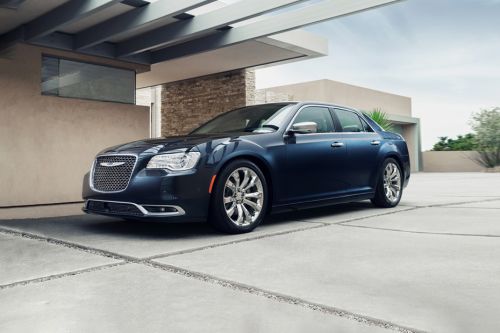
|
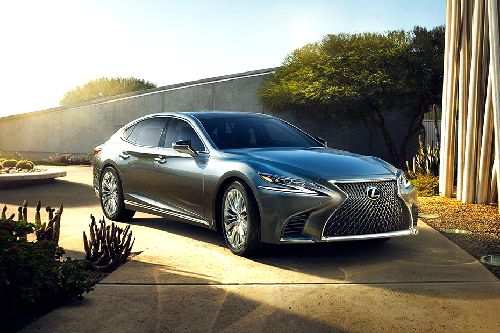
|
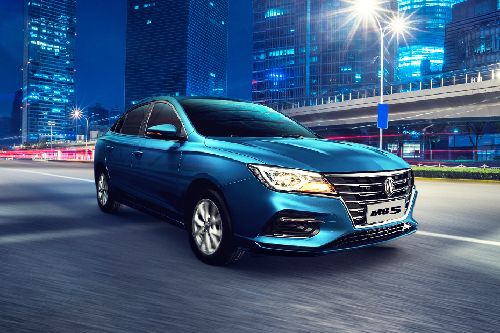
|

|
|
Ground Clearance
142 mm
|
-
|
144 mm
|
118 mm
|
125 mm
|
|
Seating
5
|
5
|
5
|
5
|
5
|
|
Fuel Type
Gasoline
|
Gasoline
|
Gasoline
|
Gasoline
|
Diesel
|
|
Engine
3996
|
3604
|
3445
|
1498
|
2967
|
|
Power
542
|
286
|
415
|
112
|
258
|
|
Torque
770 Nm
|
340 Nm
|
600 Nm
|
150 Nm
|
580 Nm
|
|
Transmission Type
Automatic
|
Automatic
|
Automatic
|
Manual
|
Automatic
|
|
|
Trending Sedan
- Latest
- Upcoming
- Popular
Bentley Flying Spur Car Articles From Carmudi
- journal

